Top 6 Misconceptions About Staking Crypto
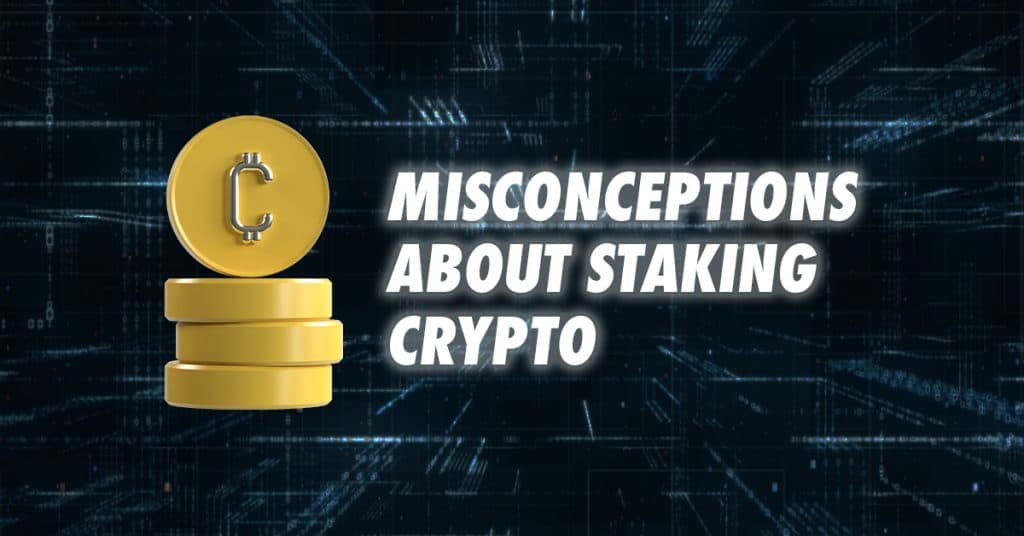
Staking crypto makes your assets work for you. It is also a way to support the project you believe in, by securing its blockchain. In return, you get staking rewards. Let’s break down some of the misconceptions around staking crypto.
Misconception #1: Staking rates are too good to be true
How is it possible that staking rewards on, for example, DOT are in the order of 13%? That must be too good to be true and not sustainable, right? Well, no. See, the inflation rate of DOT is around 10% per year. So there’s plenty of DOT to hand out.
By staking crypto coins, you make sure that the inflation of the token supply doesn’t dilute your purchasing power. After all, the emission of new coins dilutes the existing coin supply.
So view staking crypto as a mutually beneficial deal between the network and you. You provide the security of the network, and the network protects your purchasing power within the ecosystem of that coin.
When deciding to stake, first look up the inflation rate of the token and compare this to the staking yield.
Misconception #2: You need a lot of money to stake
With Ethereum, the minimum amount of Ether you need to run a validator and stake is 32 Ether. Apart from the fact that this is a hefty sum, running an Ethereum validator isn’t easy. It requires an industrial-grade internet connection and dedicated hardware. The same goes, to a greater or lesser degree, for some other chains – see below.
So most users will opt to delegate the staking to a third party: a staking-as-a-service platform or an exchange. These parties will connect your wallet to a staking pool. In some cases, like with Cardano, you can directly choose a staking pool with your wallet.
Misconception #3: Staking requires a lot of skill
Just like there are many ways to hold your crypto, which come with trade-offs between user friendliness and security, there are many entry points if you want to stake your crypto. In many of these setups, you are not directly doing the heavy lifting but delegate it to a crypto exchange or staking-as-a-service platform.
Entry points for staking crypto are:
- through a wallet: connect your existing hardware wallet or browser wallet to a staking-as-a-service provider or staking pool
- using a crypto exchange: the exchange handles the technical side
- becoming a validator yourself
Becoming a validator requires skill and hardware: it is the ‘hardcore’, less common way to stake.
The first two options in the above list are more common. A wallet is easy to set up and a staking-as-a-service platform has the skill and hardware to be a validator on its users’ behalf.
The same goes for staking crypto via an exchange. It will connect your funds to a staking pool. Exchanges such as Coinbase, Kraken, and Binance allow you to deposit coins for staking. Of course, a staking-as-a-service provider and an exchange will charge a commission for this service.
Misconception #4: Staking is the same between cryptocurrencies
Some big proof-of-stake blockchains by market capitalization are ETH 2.0 (pre-merge), Cardano, and Polkadot. To get a feel for the different approaches, let’s have a look at the staking rewards and dynamics.
In the case of Cardano, holders of ADA delegate their coins into staking pools. It doesn’t require network participation like running a node or dedicated hardware. The staking reward is 6% APY.
For Polkadot, there is a distinction between validators and nominators. Nominators ensure that validators behave appropriately. Validators must run a node, which requires launching a cloud server on Linux. There isn’t a minimum requirement for staked DOT for nominators, and there’s no need to run a node or use specific hardware. The staking reward is 13% APY.
Ethereum 2.0 staking rewards also include network rewards, which are a chunk of daily transaction fees. The rewards vary, based on the total amount of ETH staked. When there is more ETH staked, rewards will drop. Currently, the staking reward is around 5%.
Must Read: How to Stake Ethereum | A Complete Staking Guide
Misconception #5: Yields are consistent and constant
First, the reward rate can vary per protocol. For Solana, for example, there is a so-called staking dilution structure. This means staking rewards are dynamic and change in tandem with the number of tokens staked out of the total current supply of SOL.
In addition, validators charge a commission that can be changed. Depending on the pool you choose this can result in lower rewards for some pools than others. For Cardano, you can have a look at its staking yield calculator. View the estimated APY you will get, depending also on the commission paid to your staking pool operator.
Then there is the quality of the staking pool. Some protocols include the option of punishing validators that are offline or include wrong transactions. That is called slashing. Delegating your crypto to such a validator could result in losing a percentage of your crypto. Check the reputation of a staking pool before you deploy.
Misconception #6: Everything called staking is staking
As staking crypto has become so popular, there are some projects which use the term staking without actually using the same underlying mechanics. Remember, staking is offering coins as collateral for the chance to validate blocks, and getting rewarded for that.
But projects such as Apecoin have started using the term staking in a repurposed way. There is no Apecoin blockchain, so technically you can’t stake your Apecoin. So the ‘staking rewards’ you get by staking Apecoin are just a reward from Yuga Labs for not selling your APE. Cobie is one of the crypto influencers who has pointed this out.
Bonus Misconception: Staking is Unlike Yield Farming
Staking versus yield farming: in crypto, two major ways to earn income on your coins are staking and yield farming. In both cases, you temporarily depart with your capital and get coins in return. In other words, they are both forms of passive income. There are some fundamental and practical differences, though, in terms of profitability, effort, and risk.
FREE Crypto Newsletter:
Do you want to receive these kinds of articles straight into your e-mail inbox so you can stay up-to-date with investment opportunities? Join Larks crypto newsletter and receive FREE crypto news and info!









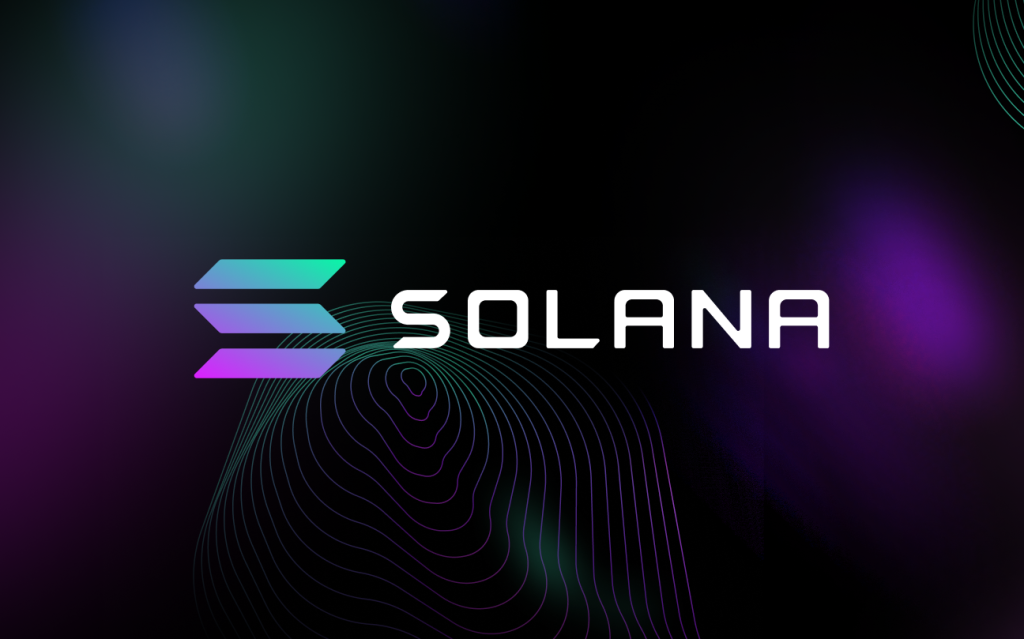

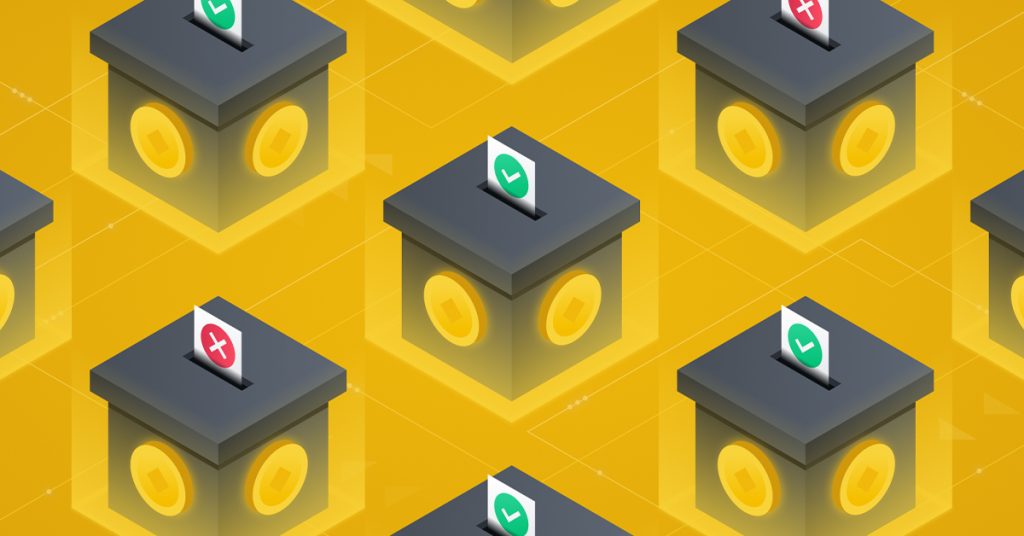


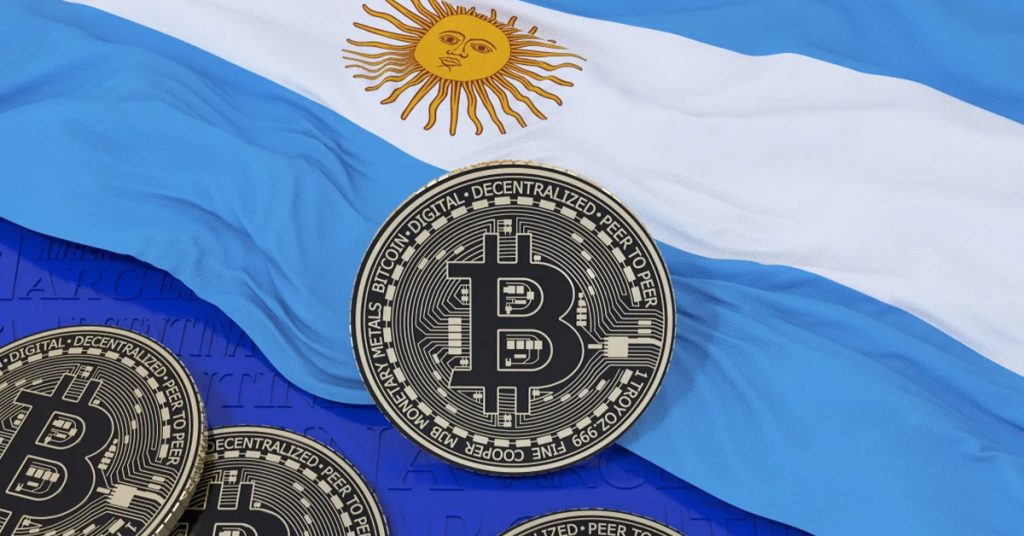
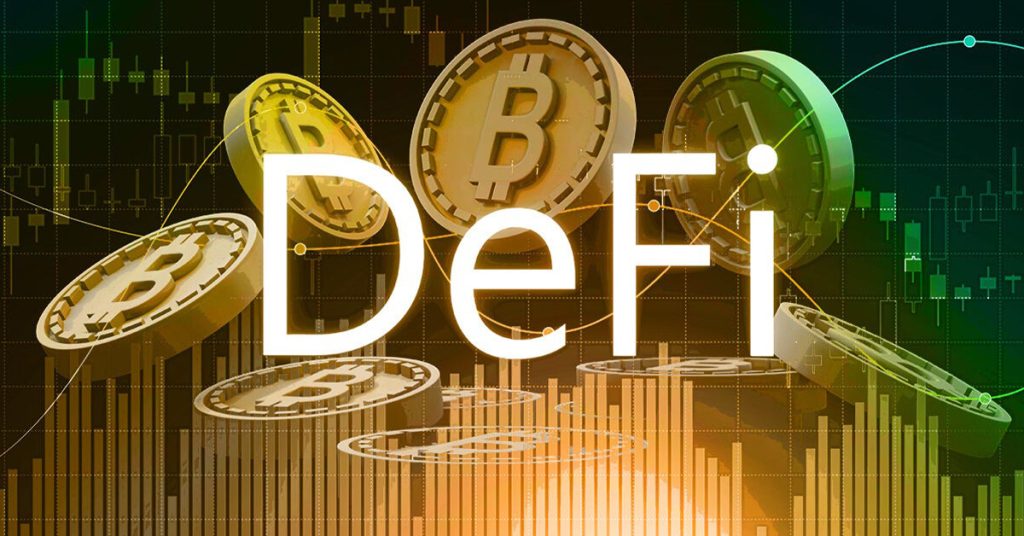
Responses